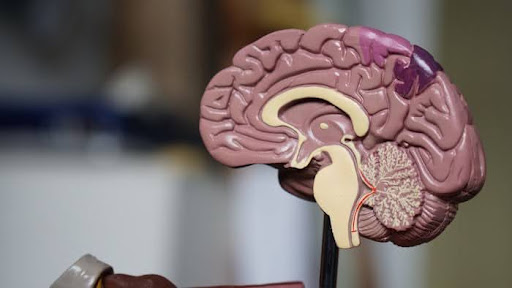Stroke occurs when the blood supply to part of the brain is interrupted or reduced, preventing brain tissue from getting oxygen and nutrients. As a result, brain cells deteriorate and can even lead to death. It is a leading cause of serious, long-term disability worldwide as well as the fifth leading cause of death in the US. There are two main types: ischemic stroke (the most common form), caused by blood clots, and hemorrhagic stroke, caused by bleeding in or around the brain. Prompt treatment is crucial, as early intervention can significantly improve outcomes and reduce the risk of severe consequences.
This brings us to today’s article as we delve into new and interesting developments regarding potential early stroke detection via a new blood test. So whether you are working in the US healthcare system, enrolled in online MSN FNP programs, or simply want to learn more about this promising research, continue reading.
A Deeper Dive
Scientists have come up with a new way to quickly and accurately identify people having an intense type of ischemic stroke known as a large vessel occlusion (LVO). They’ve combined two methods: checking certain markers in the blood and using a clinical score based on symptoms and patient history.
These markers, otherwise known as blood-based biomarkers, are specific substances in the blood that can indicate certain health conditions. Think of them as chemical “red flags” that doctors look for when diagnosing problems. The clinical score is a system doctors use to determine the likelihood of a specific medical issue based on the patient’s behavior, symptoms, and medical history.
By putting these two pieces together, the test can more accurately pinpoint when someone is having an LVO stroke. This is important because LVO strokes block large blood vessels in the brain and need to be treated very quickly as the risk of severe damage or death is very high.
Essentially, this new test enables doctors to rapidly determine if a patient is experiencing a major stroke, allowing them to begin the appropriate treatment as soon as possible.
Advanced Imaging Techniques
Advanced imaging techniques like CT scans and MRIs have long been relied upon to detect strokes in patients. The reality is that not all medical facilities have access to these technologies due to equipment limitations, lack of trained personnel, or financial constraints. This is where blood tests step in as a game-changer.
Unlike advanced imaging, blood tests are more cost-effective and widely accessible, making them a practical solution to overcome these barriers. By implementing blood tests, healthcare providers can significantly improve stroke detection rates, ultimately leading to better outcomes for patients worldwide.
Time Is Money
Time is a critical factor in stroke treatment. Traditional imaging methods can be time-consuming, potentially delaying urgent interventions. With the introduction of blood tests, diagnosis and treatment can now be expedited. This rapid detection capability is especially vital in regions with limited access to advanced imaging facilities. By swiftly identifying strokes, this innovation drastically increases the likelihood of patients receiving timely and life-saving interventions.
In other words, the new blood test for stroke detection not only enhances diagnostic accuracy but also allows healthcare professionals to promptly initiate appropriate treatment strategies, minimizing the risk of severe brain damage or death. This proactive approach mitigates the long-term impact of strokes on patients’ quality of life. Addressing strokes promptly can alleviate the significant economic burden they impose, estimated at over $2 trillion annually.
Numbers Don’t Lie
In a recent study involving 323 patients, the new blood test demonstrated impressive performance metrics. With a specificity of 93% and a sensitivity of 81%, the test accurately identified the vast majority of both non-LVO stroke cases and actual LVO stroke cases. These statistics favorably highlight the reliability and efficacy of the new test, demonstrating its potential to revolutionize stroke diagnosis and improve patient outcomes.
Hope For Prevention
The development of a blood test for stroke detection represents a pivotal and significant advancement in medical diagnostics. By overcoming barriers such as equipment limitations and time constraints associated with traditional imaging methods, this innovative approach promises to revolutionize stroke care globally.
On top of all that, its impressive diagnostic accuracy highlights its potential as a frontline tool for healthcare professionals, enabling timely intervention and personalized treatment strategies tailored to individual patient needs.
As we embrace this paradigm shift in stroke care, we stand on the precipice of transformative change, where every minute saved through rapid and precise diagnosis translates into preserved brain function, enhanced quality of life, and ultimately, saved lives. The blood test for stroke detection emerges not just as a diagnostic tool but as a beacon of hope, ushering in a future where strokes are no longer just survivable but preventable, ensuring brighter tomorrows for patients and caregivers alike.

























